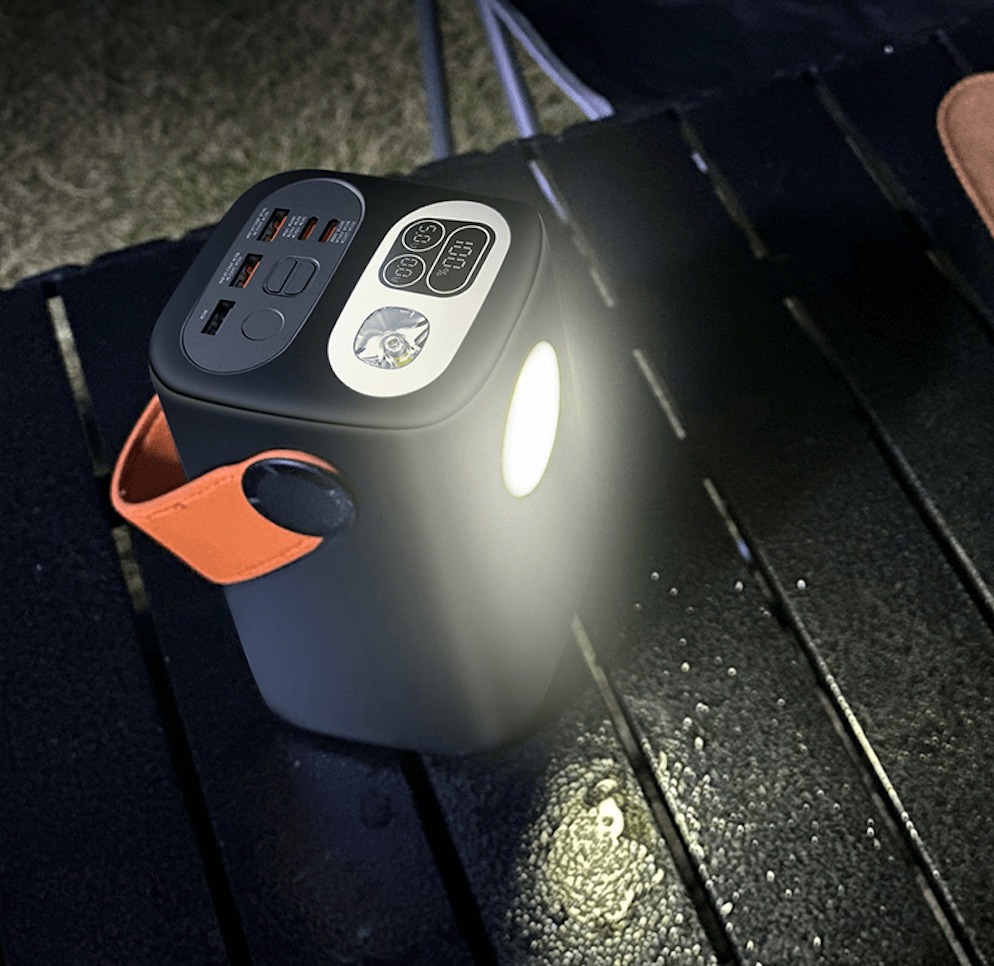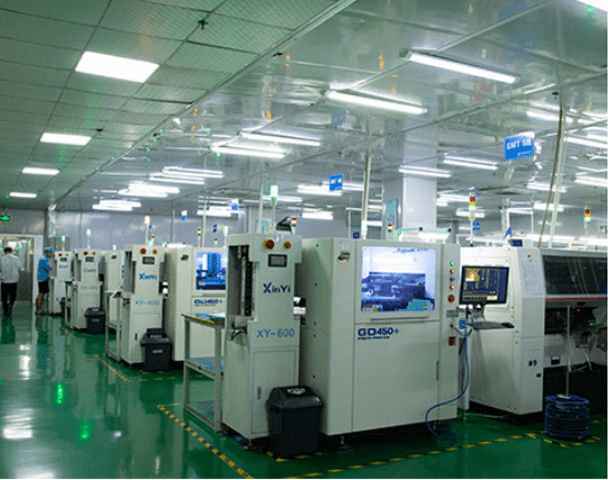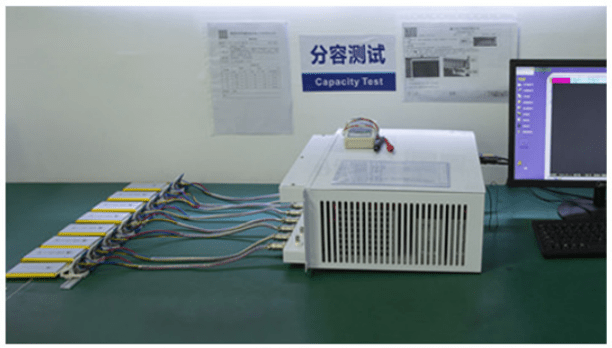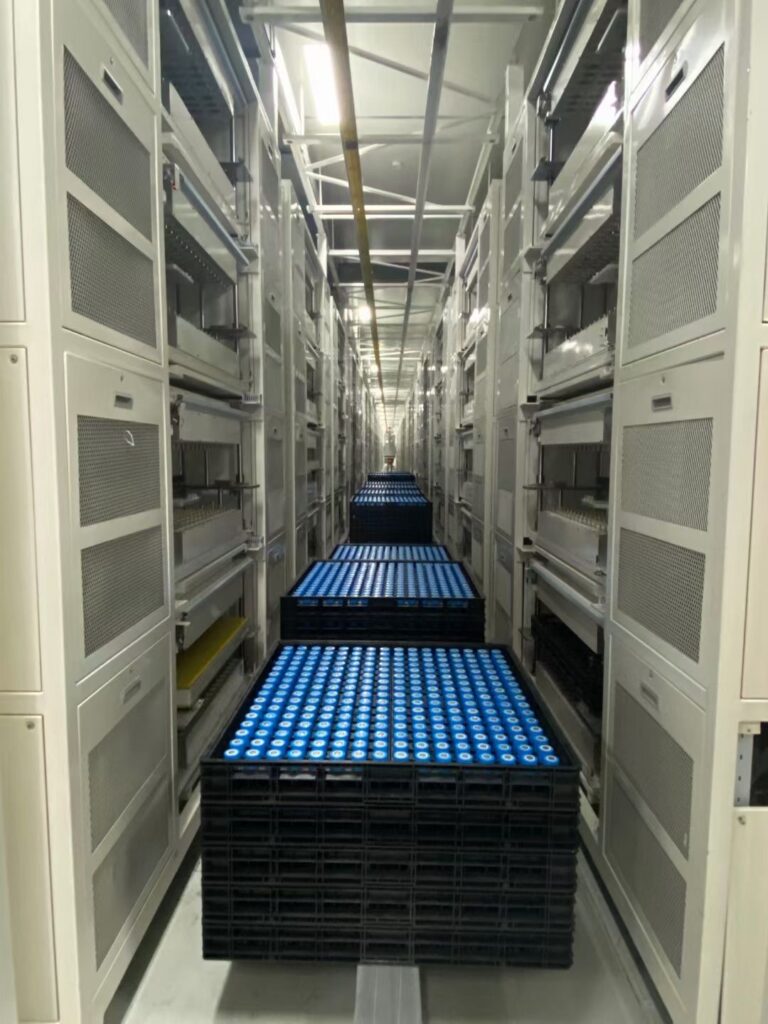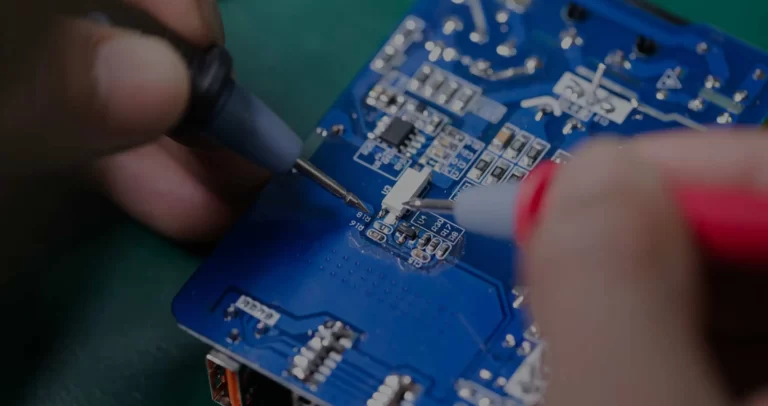Which Power Bank Shell Material Best Meets Your Needs in Terms of Durability, Heat Management, and Overall User Experience?
The shell material of a power bank plays a crucial role in determining not only its look but also its durability, heat management, and user experience. In this post, we’ll explore the various materials used for power bank shells, helping you select the best option for your needs.
1. Overview of Power Bank Shell Materials
The material of a power bank’s shell influences both its aesthetic appeal and its functional aspects like durability and heat dissipation. Understanding these differences can guide consumers in making more informed choices.
2. Plastic Shells
ABS Plastic Shells
ABS plastic is a popular choice for power bank shells because it is lightweight and affordable. It offers good impact resistance and flexibility, contributing to the power bank’s durability.
Pros:
- Lightweight
- Budget-friendly
- Durable
Cons:
- Moderate heat dissipation
- Prone to scratching
PC Plastic Shells
Polycarbonate (PC) plastic provides greater strength and impact resistance than ABS, making it a common material in premium power banks.
Pros:
- High strength
- Excellent impact resistance
- Heat-resistant
Cons:
- Higher cost
3. Metal Shells
Aluminum Alloy Shells
Aluminum alloy is another frequently used material for power bank shells, valued for its superior heat dissipation and robustness.
Pros:
- Excellent heat dissipation
- Strong and durable
- Premium appearance
Cons:
- Heavier
- More expensive
Stainless Steel Shells
Stainless steel shells are known for their durability and superior corrosion resistance compared to aluminum alloy.
Pros:
- Extremely durable
- Corrosion-resistant
- High-end look
Cons:
- Heavier
- Highest cost
4. Other Materials
Carbon Fiber Shells
Carbon fiber is an emerging material for power bank shells, offering a combination of lightweight and high strength, making it suitable for premium products.
Pros:
- Extremely lightweight
- High strength
- Durable
Cons:
- Very expensive
Wooden Shells
Wooden shells, although uncommon, appeal to users who value unique textures and eco-friendliness.
Pros:
- Distinctive appearance
- Environmentally friendly
Cons:
- Vulnerable to moisture damage
- Higher cost
5. Conclusion
Choosing the right shell material for your power bank requires balancing factors like cost, weight, heat dissipation, and durability. Plastic shells are ideal for those looking for lightweight and cost-effective options, while metal shells are suited for users prioritizing heat dissipation and longevity. For those seeking a unique, premium experience, materials like carbon fiber and wood offer appealing alternatives.
By understanding the characteristics and advantages of different power bank shell materials, you can make a more informed decision to enhance your user experience.
We hope this article has been helpful. If you have any questions or would like to know more about power banks, please leave a comment below, and we’ll respond as soon as possible.

